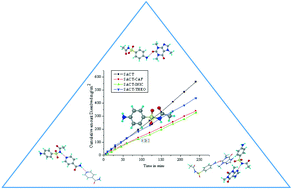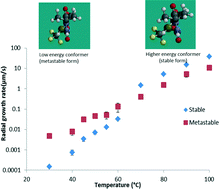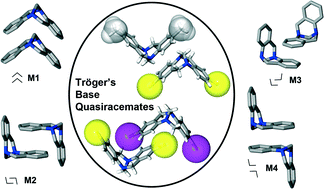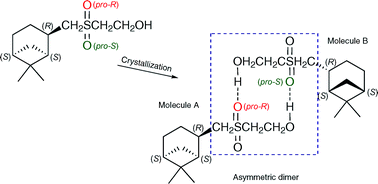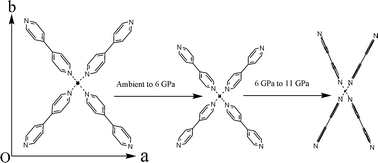A researcher in the UK has shed new light on which interactions are important in the packing of crystal structures.1
Robin Taylor from the Cambridge Crystallographic Data Centre (CCDC) analysed the line-of-sight interactions between the most common elements found in organic crystal structures. He found that the probability of an interaction taking place boils down to the exposed surface area an atom presents. With 137,560 appropriate crystals available from the Cambridge Structural Database, and the inclusion of several statistical considerations, Taylor was able to keep potential sources of uncertainty to a minimum.
Interested? If so, read the full article at Chemistry World.

Interactions may be longer than the sum of Van der Waals radii yet still play a significant stabilising role
The original article can be accessed below:
Which intermolecular interactions have a significant influence on crystal packing?
Robin Taylor
CrystEngComm, 2014, Advance Article
DOI: 10.1039/C4CE00452C












